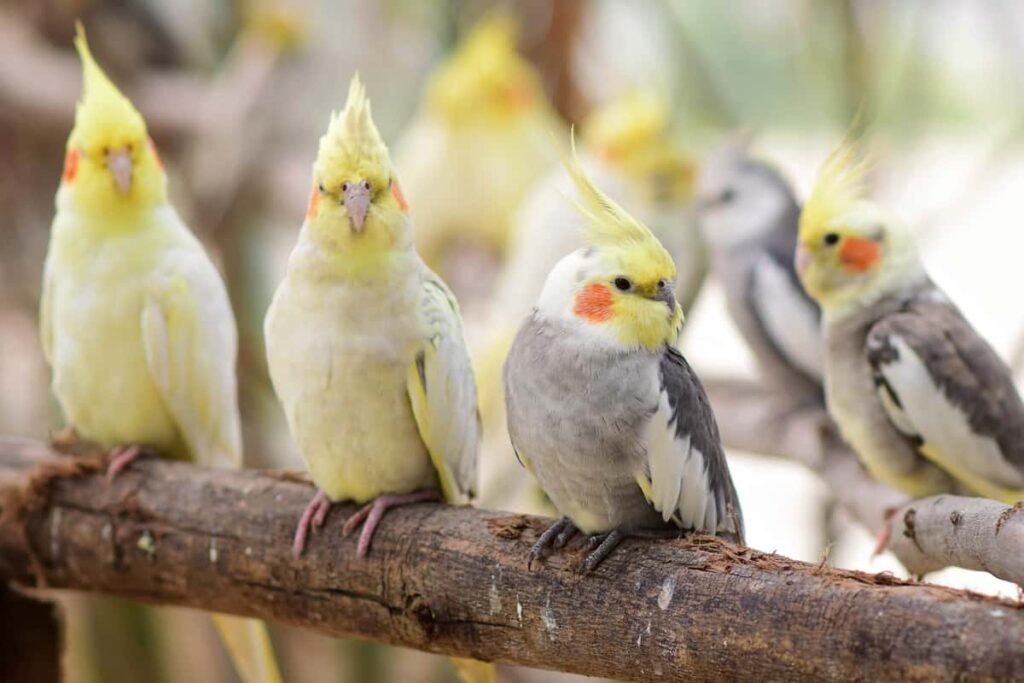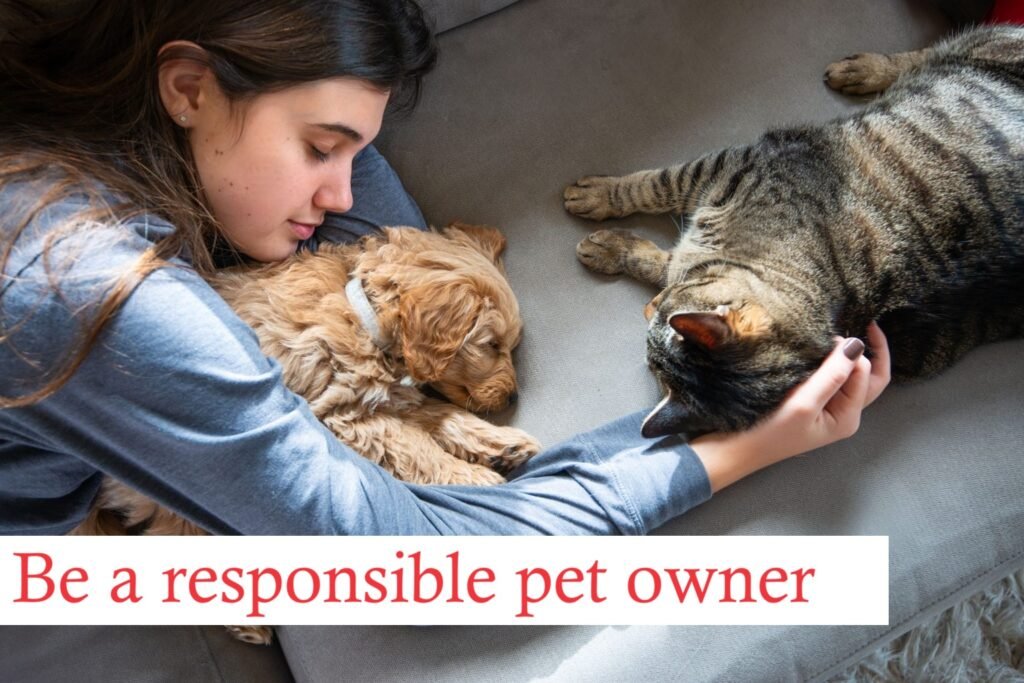Cockatiels are small parrots from Australia that have won hearts worldwide. Known for their friendly nature, distinctive crest, and whistling skills, these birds make delightful companions. Whether you’re thinking of adding a Cockatiel to your family or already have one, this guide will help you understand and care for these charming pets.
A Brief History of the Cockatiel
Cockatiels, like their feathered cousins the Budgerigars, come from Australia. They have a long history, with wild flocks roaming the Australian outback for centuries. European explorers first spotted them in the late 18th century, and by the 1900s, This charming bird had become popular pets in Europe. Today, they are loved around the world for their gentle and affectionate nature.
Physical Characteristics of Cockatiels
| Feature | Description |
| Size and Weight | 12 to 14 inches long; 3 to 4 ounces in weight |
| Color Varieties | Grey, white, yellow, cinnamon |
| Wingspan | 15 to 18 inches |
| Crest | Tall, expressive crest on their head |
| Beak and Feet | Strong, curved beak; zygodactyl feet (two toes forward and two toes backward) |
Temperament and Personality of Cockatiels
Cockatiels are known for their loving and easygoing personalities:
- Gentle Companions: They’re calm and great for families or individuals. Their gentle nature makes them a perfect pet for many.
- Whistling Experts: These prt birds are fantastic whistlers. They can mimic tunes, and males often sing catchy melodies.
- Affectionate Nature: These birds form close bonds with their owners. They enjoy being perched on shoulders and playing with toys.
- Playful Behavior: They love playing with chewable toys and mirrors, which keep them mentally stimulated.
Health and Lifespan of Cockatiels
| Aspect | Details |
| Common Health Issues | Respiratory problems, obesity, feather plucking |
| Preventive Care | Balanced diet, clean environment, regular vet visits |
| Lifespan | 15 to 25 years with proper care |
Housing and Environment for Cockatiels
Creating a comfortable and stimulating home for your pet bird is crucial:
- Cage Size: A cage that is at least 20 inches wide, 20 inches deep, and 24 inches high is ideal. Bigger is always better!
- Perches and Toys: Offer a variety of perches and toys to keep your Cockatiel engaged. Puzzle toys are great for mental stimulation.
- Lighting and Temperature: They prefer temperatures between 65°F and 80°F. Provide natural light, but avoid direct sunlight.
- Cleanliness: Regularly clean the cage, perches, and food dishes to ensure a healthy living space.
Diet and Nutrition Tips for Cockatiels
| Food Type | Importance |
| Seed Mixes | Seeds should be a staple, complemented with other foods |
| Pellets | Should make up about 40-50% of their diet for balanced nutrition |
| Fresh Fruits & Veggies | Offer daily; include leafy greens, carrots, and apples |
| Calcium Sources | Provide cuttlefish bones or mineral blocks for beak and bone health |
| Water | Always have fresh, clean water available; change daily |
Training and Socialization of Cockatiel
Cockatiels are intelligent and enjoy learning:
- Basic Training: Start with simple commands like “step up” to encourage your Cockatiel to perch on your finger.
- Whistling and Mimicry: With patience, they can learn to whistle specific tunes. Males are particularly good at this.
- Socialization: Introduce your Cockatiel pet bird to new environments, toys, and people gradually to help them become confident and well-adjusted.
Exercise and Activity Needs
Cockatiels need plenty of exercise and mental stimulation:
- Flying Time: Let your pet bird out of the cage daily to fly in a safe, enclosed space.
- Interactive Play: Engage with your pet bird through toys and games. They love interactive play.
- Social Interaction: Spend time talking, whistling, and bonding with your Cockatiel pet bird every day.
How to Care for Cockatiels: Major Tips
Proper care will keep your Cockatiel pet bird happy and healthy:
- Vet Visits: Regular check-ups with an avian vet can help catch health issues early.
- Grooming: These decent birds enjoy mist baths and need regular nail trims.
- Mental Stimulation: Rotate toys and introduce new activities to keep your Cockatiel mentally engaged.
Why Cockatiels Make Great Pets
Cockatiels are fantastic pets for several reasons:
- Affordability: They are relatively inexpensive compared to larger parrots.
- Low Maintenance: Cockatiels are easy to care for and need less space than bigger birds.
- Charming Personality: Their friendly, playful nature makes them great companions.
- Longevity: With proper care, Cockatiels can be long-lived, forming deep bonds with their owners.
Fun Facts About Cockatiels
Here are some fun tidbits about this pet bird:
- Crest Communication: A Cockatiel’s crest moves to show its mood—upright when excited and flat when relaxed.
- Loyal Companions: They form strong, loyal bonds with their favorite people.
- Excellent Flyers: In the wild, these birds can fly long distances to find food and water.
Final Thoughts
Cockatiels are not just beautiful and entertaining; they’re also intelligent and affectionate. Their whistling talents, playful nature, and loving companionship make them wonderful pets. With the right care, environment, and attention, your Cockatiel will thrive and bring joy to your home for many years. This guide has covered everything you need to know about Cockatiels, from their history and traits to their care and training. Here’s to enjoying a great relationship with your feathered friend!



